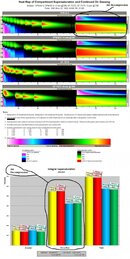I watched the presentation linked above, and I could not stop thinking "that must be what was happening to Kevrumbo..."
I know Kev, they were using was AIR.......but still....just saying....
I know Kev, they were using was AIR.......but still....just saying....
If you're integrating the information from the NEDU study and are concerned about type II hits, then remember ...
... the deep schedule produced a rate of DCS II cases that was 94% more than the shallow schedule.
... the deep schedule produced a rate of DCS I cases that was 287% more than the shallow schedule.
... the deep schedule produced a hit rate that was 223% more than the shallow schedule.
Last edited:







